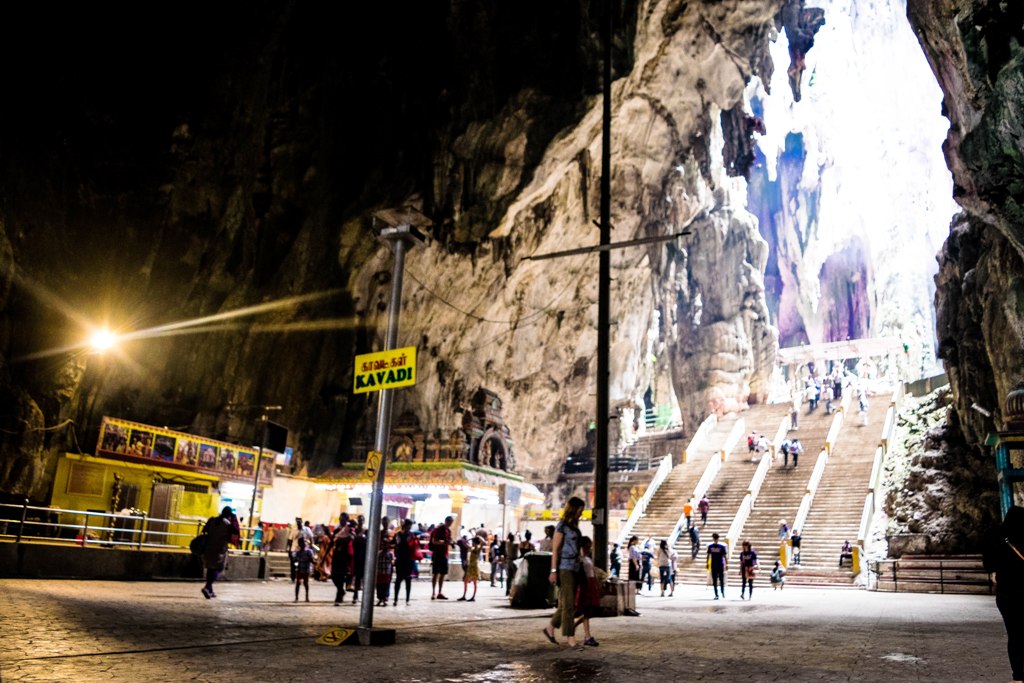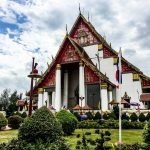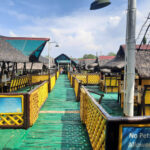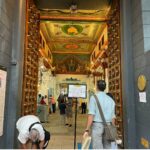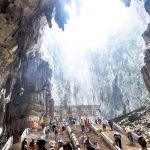As one of Malaysia’s most recognized tourist attractions, Batu Caves is synonymous with the Petronas Twin Towers in iconic status. Thus, many a travelers, even during their layovers, strive to head to the Batu Caves. After all, a quick trip to the country, or at least the state capital, will not be complete without paying it a visit. Read on to know more information about Batu Caves’ history, how to get there and the best time to go.
Batu caves history
Batu Caves is a natural limestone hill that houses a Hindu shrine and which thousands pay homage to on a regular basis. It is devoted to Vishnu or Lord Murugan, although other deities are honored throughout the complex.
Located in the town of Gombak in Selangor, Batu Caves straddles an area spanning 155 hectares, some 11 kilometres north of Kuala Lumpur. The landmass came into being around 440 million years ago, and was named after the Batu River. It was discovered by Selangor’s first police superintendent, Captain H. C. Syers and his men in 1879.
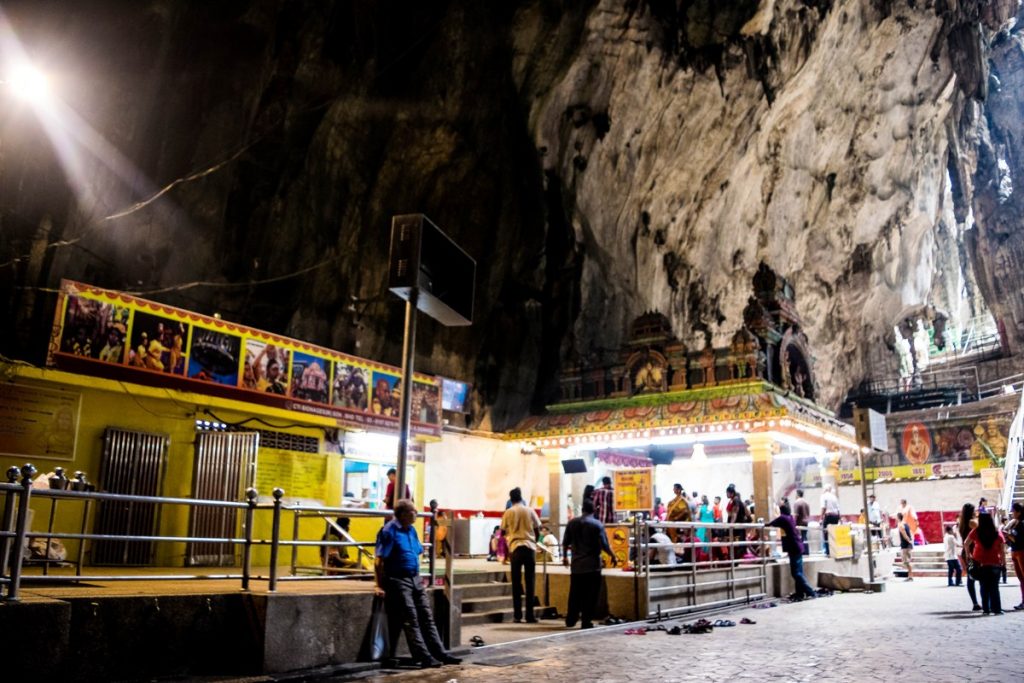
People only began pouring in during the 19th century when it was seen as a place of worship. The area was converted into a shrine for Lord Murugan, whose golden statue guards the entrance to the 272-step stairway to Cathedral Cave.
The place has come a long way from its near destruction in the 1980s due to quarries. Locals and environmentalists clamored for the government to take action. This brought forth a number of stern policy changes to protect it.
How to go to Batu Caves, Malaysia
The most common way to get to Batu Caves from Kuala Lumpur is through the KTM Komuter trail via the KL Sentral Railway Station at Brickfields. The easiest way to go to KL Sentral is by taking a taxi (the fare should be about $5). The KL to Batu Caves taxi fare is a little expensive, at RM 40. Meanwhile, the train fare from KL Sentral to Batu Caves is RM 2, while the return journey costs RM 4.
The train ride is 20 minutes long. If you’re going to Batu Caves straight from the Kuala Lumpur Airport, taking the train is still the fastest and most convenient way. But you have to ride the KLIA Express to get to KL Sentral from the airport. The standard one-way KLIA Express to KL Sentral fare is RM 55.
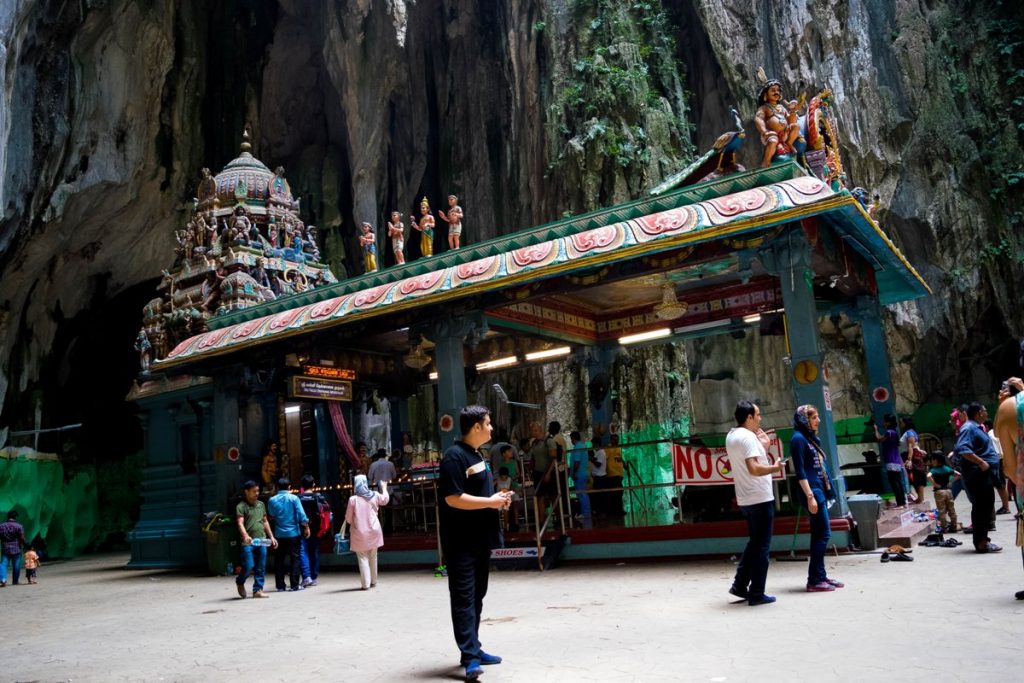
Batu Caves, Malaysia schedule, entry fee and opening times
Batu Caves opens its doors at 7:00 AM and closes at 8:00 PM from Mondays to Sundays. There is no entrance fee, but there are some museums inside the complex that require visitors to pay one. There’s also a parking charge of RM 2.
Best time to visit Batu Caves
There’s no escaping the hot and humid climate of Malaysia when in Selangor. The air is generally cooler in the morning, which helps when you are climbing the steps to Cathedral Cave. No matter the weather, one thing to bear in mind is that it is best to keep your outfit conservative when visiting Batu Caves.
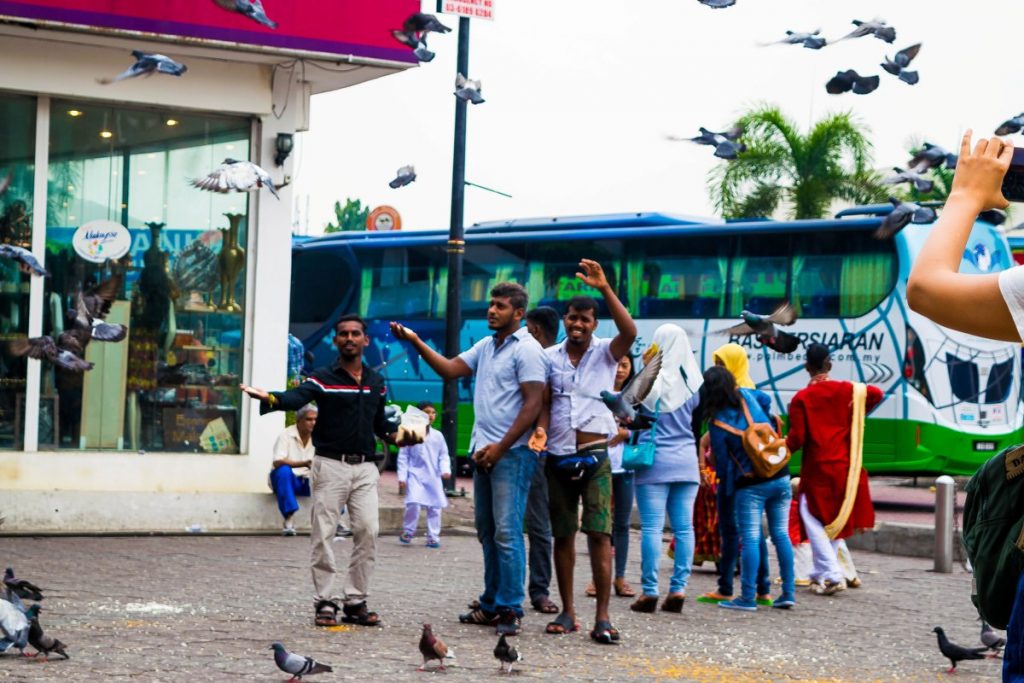
Batu Caves tours and adventures
Batu Caves is also known for its imposing rock shelf, which adrenaline seekers are fond of. Sold through agencies, the mountain climbing excursions are held at the Damai Wall on the northeastern side of the complex.
Rock climbing at Batu Caves costs between RM 130 and RM 160 on average. Enthusiasts note that each climb would take a minimum of four hours, and this is also true for intermediate ones. This is why most Batu Caves guided rock climbing services you’ll see are just four hours long.
Hotel near Batu Caves, Selangor
There are over 100 hotels in Selangor alone. You can simplify your search on where to stay in Selangor by choosing the one closest to the sites you’re visiting. Accommodations in Selangor costs between RM 80 and RM 300 per night. It is already quite cheap but you can stretch your budget further by opting for budget hotels or hostels.
Other interesting places in Selangor
As an outsider, it’s easy to think that the Batu Caves is all there is to it, especially if you’re just on a one day trip in Selangor. But Selangor is a large state, spanning 8,104 square kilometres. While you can nail down majority of the key sites in a day, it is recommended to stay for a week if you aim to include other attractions as well.
Family-friendly
There’s no dearth of theme parks and museums for vacationers who are on a family trip in Selangor. The water park, Sunway Lagoon Theme Park, is particularly popular among family with kids. The same can be said of the 3D art exhibits at Trick Art Museum @i-City at Jalan Plumbum, and KidZania along Jalan PJU 7/5.
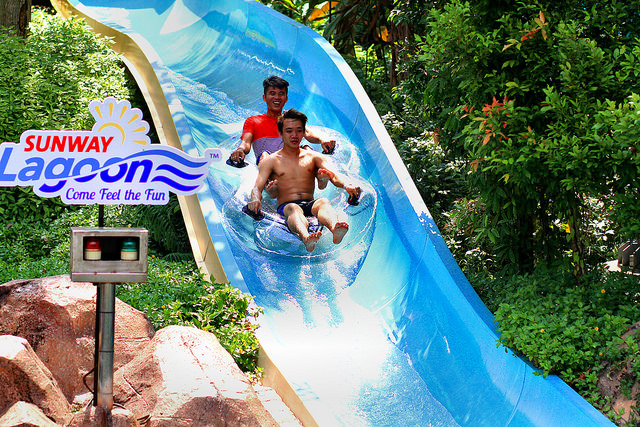
Animal farm
Zoos and gardens are two other primary destinations for family groups. The National Zoo of Malaysia is located in Ampang, Selangor and spans 110 acres. It features thousands of specimens and hundreds of animals on display. Meanwhile, Farm In The City in Seri Kembangan is a petting zoo, where you can get up close and feed animals such as alpacas.
Offering a picture-perfect backdrop are the manicured and natural gardens of the Shah Alam National Botanical Park, located in its eponymous town. Bukit Melawati, another popular destination for families, features a lighthouse, a museum and seven wells. Silvered-leaf monkeys roam its premises.
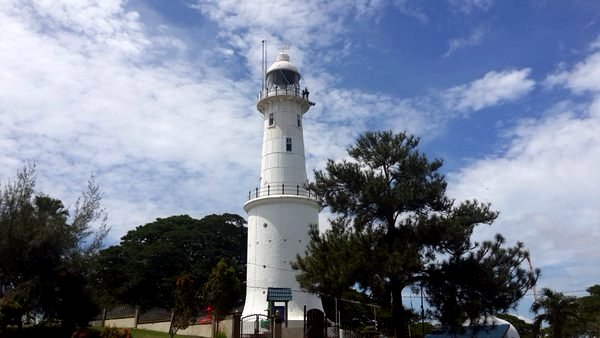
Royal halls
One’s visit to Selangor won’t be complete without visiting the royal galleries, where tourists can take a closer look at the rich legacy of its sultanate. The first destination is the Sultan Abdul Aziz Royal Gallery in Klang, which was established by the late Sultan Salahuddin Abdul Aziz Shah.
The other is the Sultan Alam Shah Museum, the state museum in Petaling, Selangor. Established in 1989, it was founded by Sultan Salahuddin Abdul Aziz Shah and covers 12.95 hectares.
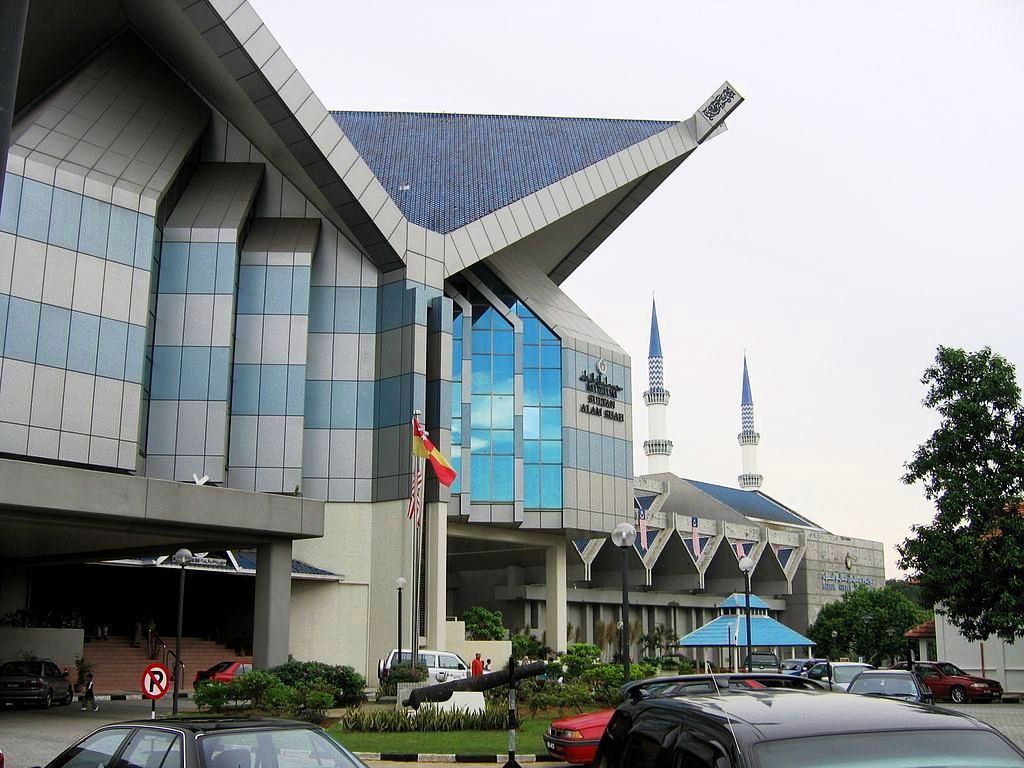
Under-the-radar ideas
One of the nearest and perhaps most underrated tourist destinations near Batu Caves is the Orang Asli Museum. Opened in 1987, the museum is located in Gombak and pays homage to the aboriginal tribe groups that Malaysian race, culture and heritage take after.
The Sepang International Circuit is also a sight to behold even for those who are not a fan of the sport. The motorsport race track in Sepang has hosted Formula One Malaysian Grand Prix races for nearly 20 years, as well as other local racing events.
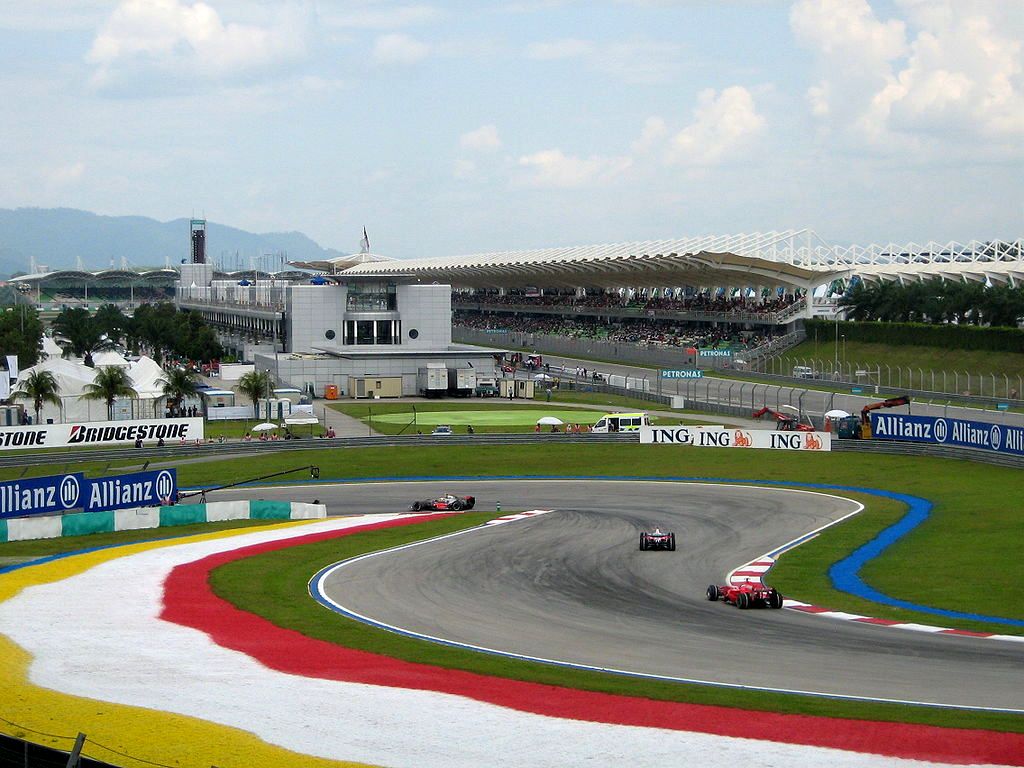
Up in the clouds
With hills and mountains that offer lovely panoramic views, Selangor has a reputation for being a sought-after trekking destination. Bukit Tabur, also known as Bukit Hangus, is a beloved destination among locals. The same goes for Bukit Broga (also called Bukit Lalang), which is located within a private estate and is an easy climb from its base. At Bukit Broga, visitors can expect a welcome view of the nearby rainforest, palm plantations, and villages surrounding the famed hills.
A place of worship
Bask in the beauty of Islamic architecture at Sultan Salahuddin Abdul Aziz Shah Mosque, the largest mosque in Malaysia. Also known as the Blue Mosque, its minarets are the tallest in the world; travelers can’t miss them as they approach the world-renowned architectural marvel.
The Blue Mosque was commissioned by the then sultan in 1974 when Shah Alam was appointed as the new state capital. The construction of the mosque was finished in 1988.
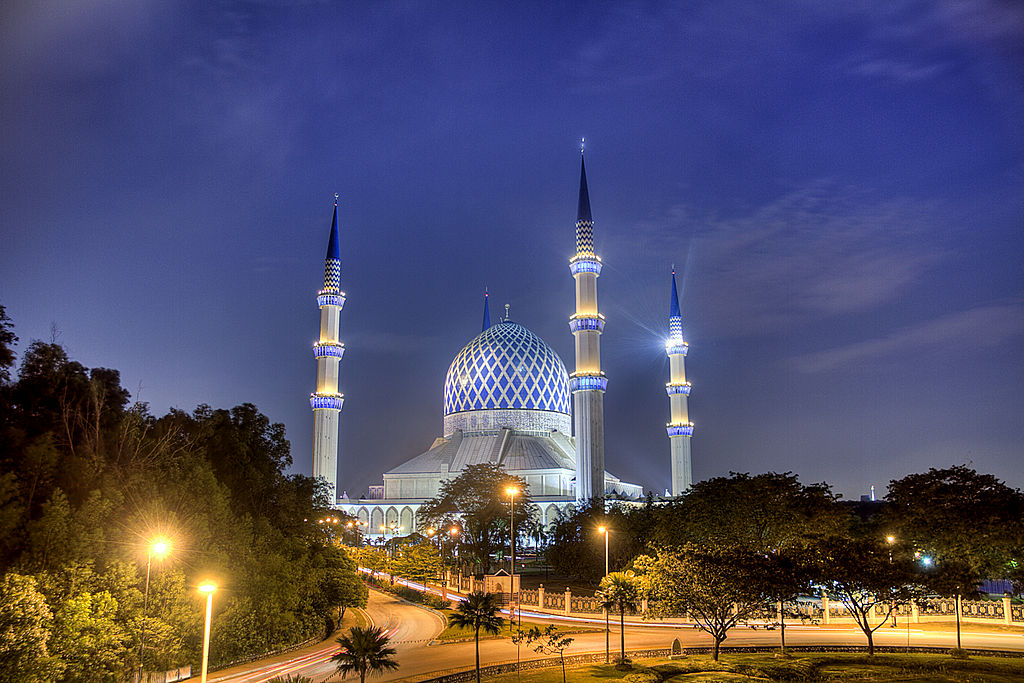
Sand and surf
Who says you can’t get your tan on in Selangor? Pantai Redang Sekinchan and Morib Beach are perfect for beach lovers who want a quick respite from their packed Selangor itinerary.
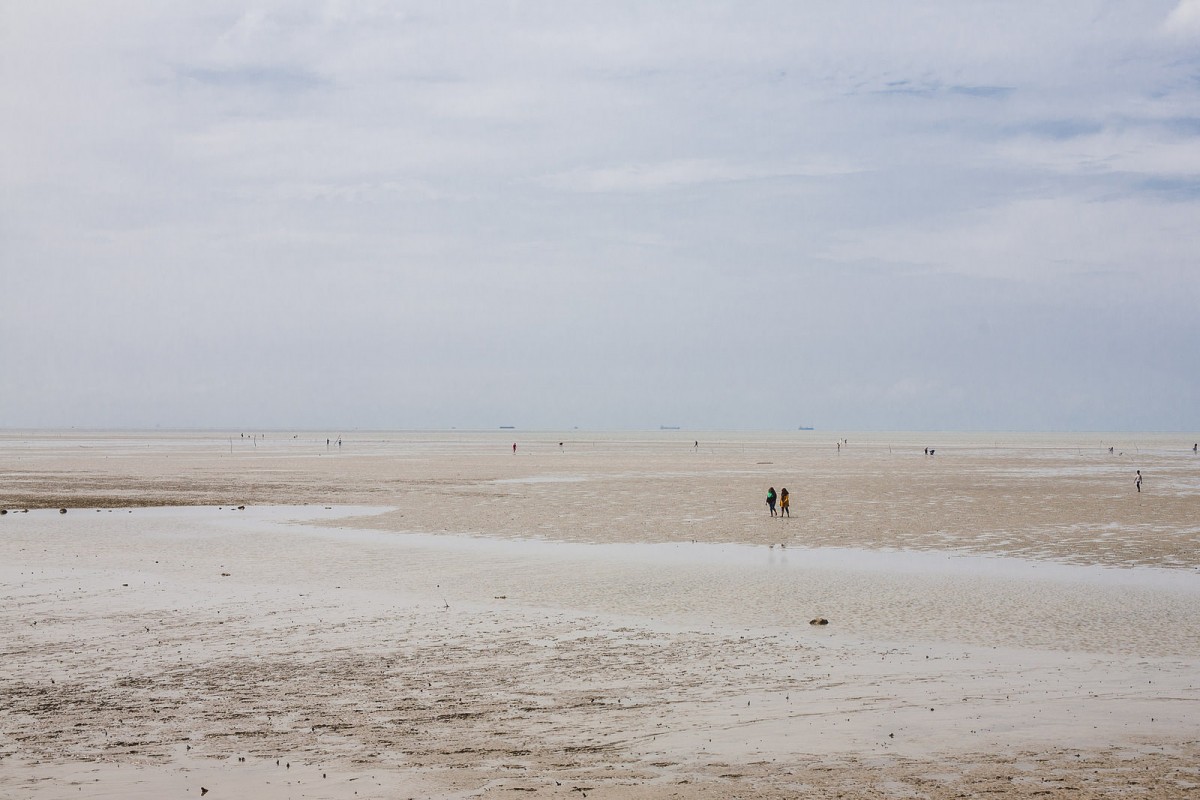
Pantai Redang has a nice, extended shoreline and crystal blue waters, and is home to a popular attraction called “the wishing tree.” Morib Beach is famous for its promenade and nipa huts where one can watch the sunset and relax for a quiet afternoon. While you’re at it, don’t forget to enjoy the fresh seafood.
Sources:
Kumar, Arun. (2015, January). Pewter Industry and tin mining in Malaysia; and the Batu caves of Kuala Lumpur. Retrieved from: Research Gate (PDF file)
Sardar, Zlauddin. (1990, November) Quarrying blasts Malaysia’s underground past. Retrieved from: New Scientist/Google Books
Thanks for reading! If you liked this article, share it with your friends on social media.
